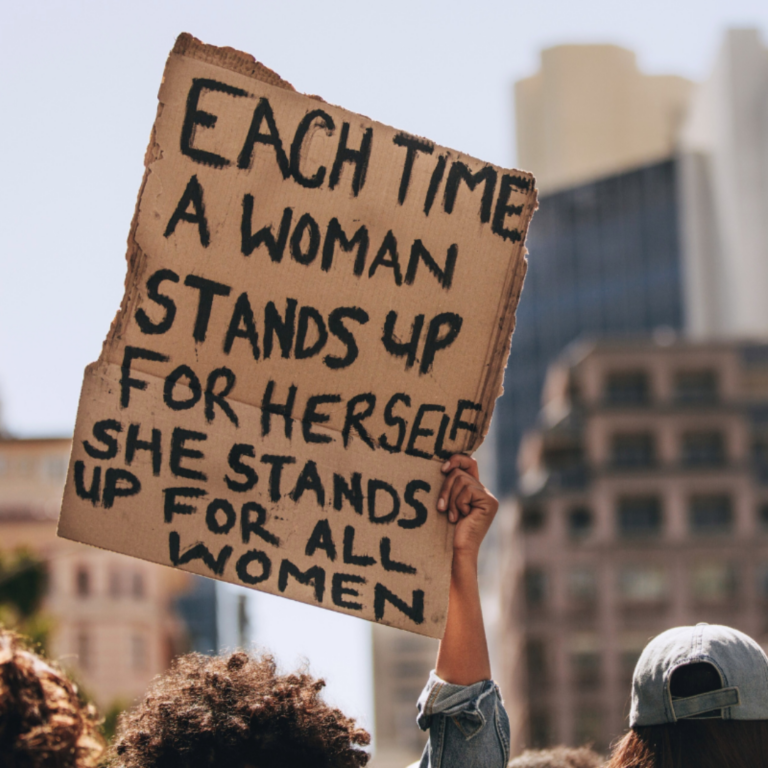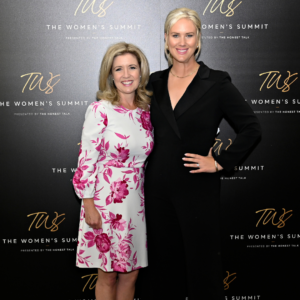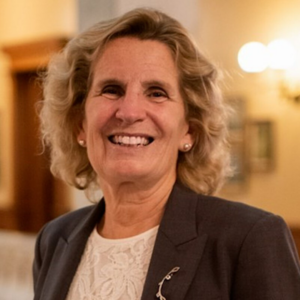Am I a DEI hire? What leaders can do to challenge this trope
Career31.07.2024

Years ago, when I joined a board, a director looked at me, full of curiosity, and asked me what my qualifications were. The subtext was, “What can you as a young, Black woman bring to governance?”
I’ve received more direct questions. Once someone asked me pointedly whether I would have gotten my position as a lawyer if I wasn’t Black. It didn’t matter that I was qualified and that I worked hard to build my practice. All this individual saw was my race.
Was I a “DEI hire?” Probably. Is that a problem? Not necessarily.
Many organizations value the importance of diversity. They increasingly want to represent the communities they serve. The problem arises when people are reduced to being a DEI hire. Such a perception diminishes the individual’s qualifications and unique contributions, focusing solely on their identity as fulfilling a diversity quota. This is especially poignant in governance and leadership positions where the desire to diversify is often overshadowed by a lack of support for retention and genuine inclusion.
Since U.S. Vice President Kamala Harris became the Democratic party’s leading nominee for president this week, she has been called a “DEI vice president,” a “DEI candidate,” and “the nation’s first DEI president.” These are labels often placed on racialized leaders, implying that an individual only succeeds to a position because of their social identity, dismissing their skills or qualifications.
Kamala Harris has decades of political experience, from serving as the attorney general of California, to U.S. senator and now the vice president.
However, when JD Vance was announced as Trump’s vice presidential running mate, having spent a mere 18 months as a senator, no one called into question his qualifications. JD Vance is an attractive candidate: he is young, which speaks volumes in an election where age has become so important, and he grew up poor. Should society reduce Vance to a DEI hire because of his age and his socio-economic background?
Unfortunately, this DEI hire trope only applies to women, especially Indigenous, Black, and other racialized women. Often when they are recruited into board or leadership positions, they are reduced to this single label, irrespective of how qualified and competent they are.
While these statements may appear innocuous, they can hinder the ability for Indigenous and equality-deserving leaders to succeed in their roles. Their qualifications are constantly called into question, undermining their ability to perform their duties. These leaders can experience alienation and isolation within their organizations. They are likely to second-guess themselves, which erodes a safe and inclusive organizational culture. When people don’t feel safe, they leave.
Addressing the DEI hire trope
To genuinely move past the DEI hire trope, we must implement strategies that affirm the value of diverse leaders beyond their demographic characteristics:
- Highlight competence and contributions: When introducing new recruits, especially those from under-represented groups, emphasize their qualifications and the specific skills they bring to the organization. For example, when my friend joined the board of a non-profit, the Chair introduced her by detailing her impressive background and achievements before acknowledging that she was the first racialized woman on the board. This immediately addressed any assumptions people may have had about why she was recruited. She was clearly qualified for the position.
- Develop inclusive onboarding practices: For onboarding to be effective, it should take place during the first year in a role, and not simply over the course of a few weeks. Create onboarding processes that foster an inclusive and equitable environment from day one. This can include mentorship and sponsorship programs, regular check-ins, and inclusive meeting practices that ensure all voices are heard and valued.
- Establish clear anti-discrimination policies: Implement and enforce policies that clearly address discriminatory remarks, behaviour, and practices. While many organizations have implemented such policies for their employees, fewer have done so at the board level. What happens when a board member discriminates against or harasses a board colleague? Implementing a board policy to address discrimination and harassment with clear procedures and timelines to address complaints is critical to ensuring an inclusive and equitable culture.
- Call it out: Leaders should be prepared to address inappropriate comments about DEI hires immediately, explaining why such remarks are harmful, inaccurate, and contrary to the organization’s values. This can be difficult for many leaders to do. Provide ongoing DEI training and coaching to the board and senior leaders to call out these harmful remarks and to address systemic barriers in the organization.
- Build a sustainable talent pipeline: It is not enough to have just one under-represented board member or senior leader in an organization. A critical aspect of sustaining our DEI efforts is to develop a robust talent pipeline that nurtures individuals from under-represented communities from the onset of their careers to leadership roles.
Our commitment to DEI should not end at recruitment. It must permeate our approach to governance, leadership, culture, and daily interactions within our organizations. As board members and senior leaders, we must strive for an organization where everyone can thrive, not just because of who they are but because of the value and contribution they can make to the organization.











